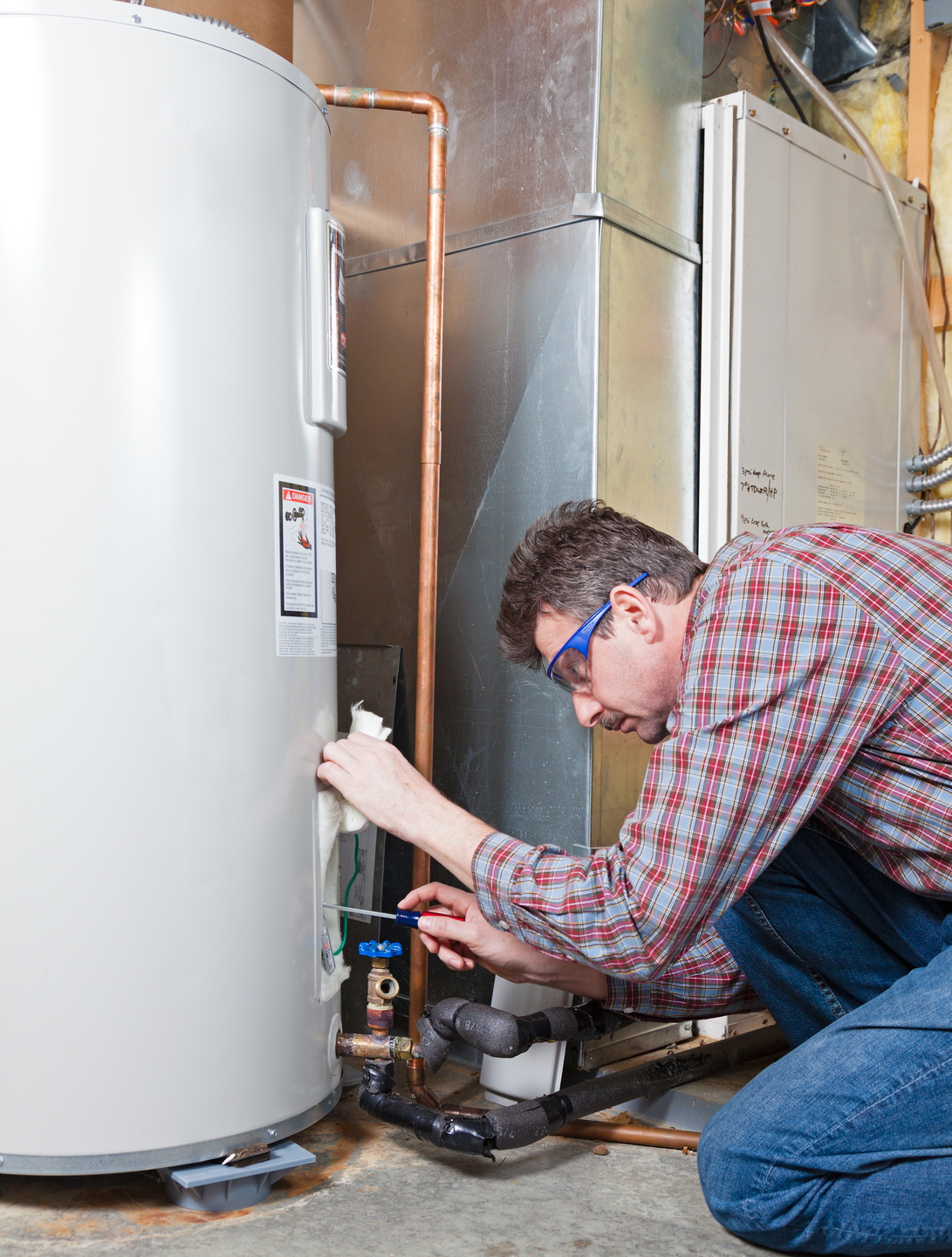The Ultimate Overview to Safe and Effective Hot Water Heater Setup
The setup of a water heater is a vital job that needs thorough interest to information and adherence to security criteria. As we explore the essential parts of a successful installment, it's vital to think about the prospective challenges that can emerge if not approached with care.
Picking the Right Hot Water Heater
When choosing a hot water heater, home owners have to consider several vital variables to make sure optimal efficiency and performance. The first consideration is the sort of hot water heater, which generally includes tankless, tank, warm pump, and solar designs. Each type has its own benefits and disadvantages, affecting power consumption, recovery rates, and setup requirements.
Following, it is necessary to assess the dimension or capacity of the water heating unit. This relies on the home's hot water demand, which can vary based upon the number of occupants and their usage patterns. An unit that is too tiny will cause poor warm water supply, while an oversized unit may squander energy.
Power effectiveness is another vital element. House owners ought to try to find systems with high energy aspect (EF) scores, as these show far better effectiveness and lower operating expense gradually. In addition, the fuel resource-- electrical power, gas, or propane-- will affect both installment prices and ongoing expenditures.
Preparing for Installment
Proper preparation is crucial for a successful water heating unit installation, and there are a number of vital steps homeowners must adhere to. First, assess the setup area to ensure it adheres to regional building regulations and safety and security policies. This includes monitoring for appropriate air flow, clearance space, and availability for maintenance.
Next, turn off the supply of water and electrical energy or gas to the existing water heating unit to stop any crashes during the installment process. Drain the old device completely to avoid any kind of spills, and disconnect it from the pipes and power resources.
Additionally, collect appropriate paperwork such as warranties, installment handbooks, and local pipes codes to guarantee conformity. If any upgrades are needed for pipes or electrical systems to accommodate the brand-new device., this is likewise the time to identify.
Finally, think about alerting your next-door neighbors if the setup might cause disruptions, and make sure that kids and pets are avoided the workplace. By taking these preparatory actions, home owners can assist in a smoother installment procedure, lessening prospective hold-ups and problems.
Devices and Materials Needed
An efficient toolkit is crucial for a successful water heater setup. Having the right devices and products accessible not just simplifies the process but additionally makes certain safety and security and compliance with regional codes.
First, gather standard hand tools, including a pipeline wrench, flexible wrench, screwdrivers (both level and Phillips), pliers, and an energy knife. These will certainly help in getting rid of old fittings and protecting brand-new links. A drill with suitable little bits may be required for protecting the water and mounting heating system.
Next, ensure you have pipes products such as Teflon tape, pipe fittings, and adaptable hose pipes for attaching water lines. For gas hot water heater, a gas line port and a pipe joint compound are crucial. Consider also having a degree to guarantee appropriate alignment.
Safety and security devices must not be neglected; gloves and safety goggles safeguard against potential hazards. Validate the availability of needed products like a new water heater, development storage tank (if required), and any additional insulation or airing vent elements.
Step-by-Step Installment Refine

Next, prepare the brand-new hot water heater by putting it in the assigned area, ensuring it is level and secure. Link the chilly water supply line to the inlet and the warm water line to the outlet, utilizing appropriate installations. For gas heating units, guarantee the gas line is correctly connected which all installations are protected.
When the plumbing connections are developed, connect the power supply. For electric heating systems, this includes wiring the device to the electric panel, following local codes. For gas systems, make sure to mount an airing vent system that satisfies safety and security standards.

Safety And Security Tips and Ideal Practices
Guaranteeing safety and security throughout water heating unit setup is critical to protect against crashes and ensure a smooth operation. Furthermore, it is critical to use appropriate individual protective equipment (PPE), such as gloves and safety goggles, to guard versus prospective dangers.
Before setup, evaluate the location for any kind of indications of water damages, mold, or architectural problems that might position dangers throughout or after the setup process. Guarantee that the installment complies with neighborhood building ordinance and maker guidelines to prevent future obligations. water heater. It is advisable to have a fire extinguisher close by, particularly when dealing with gas devices
During the installation, keep correct ventilation to protect against gas build-up. By adhering to these safety and security tips and best practices, you can make sure an effective water heating system installment.
Conclusion
In verdict, successful installation of a water heating system calls for precise preparation and adherence to safety methods. For those doing not have experience, getting the look what i found solutions of a qualified specialist is advisable to assure optimal security and functionality of the water home heating system.
Make certain the water supply is transformed off and the existing water heater is separated. Link the cool water supply line to the inlet and the hot water line to the electrical outlet, utilizing ideal fittings.Making sure security during water heating unit setup is paramount to protect against accidents and make sure a smooth procedure.Prior to installation, evaluate the area for any kind of indicators of water damages, mold and mildew, or page architectural issues that may pose dangers during or after the installation procedure. By sticking to these security ideas and finest practices, you can make sure a successful water heating system setup.